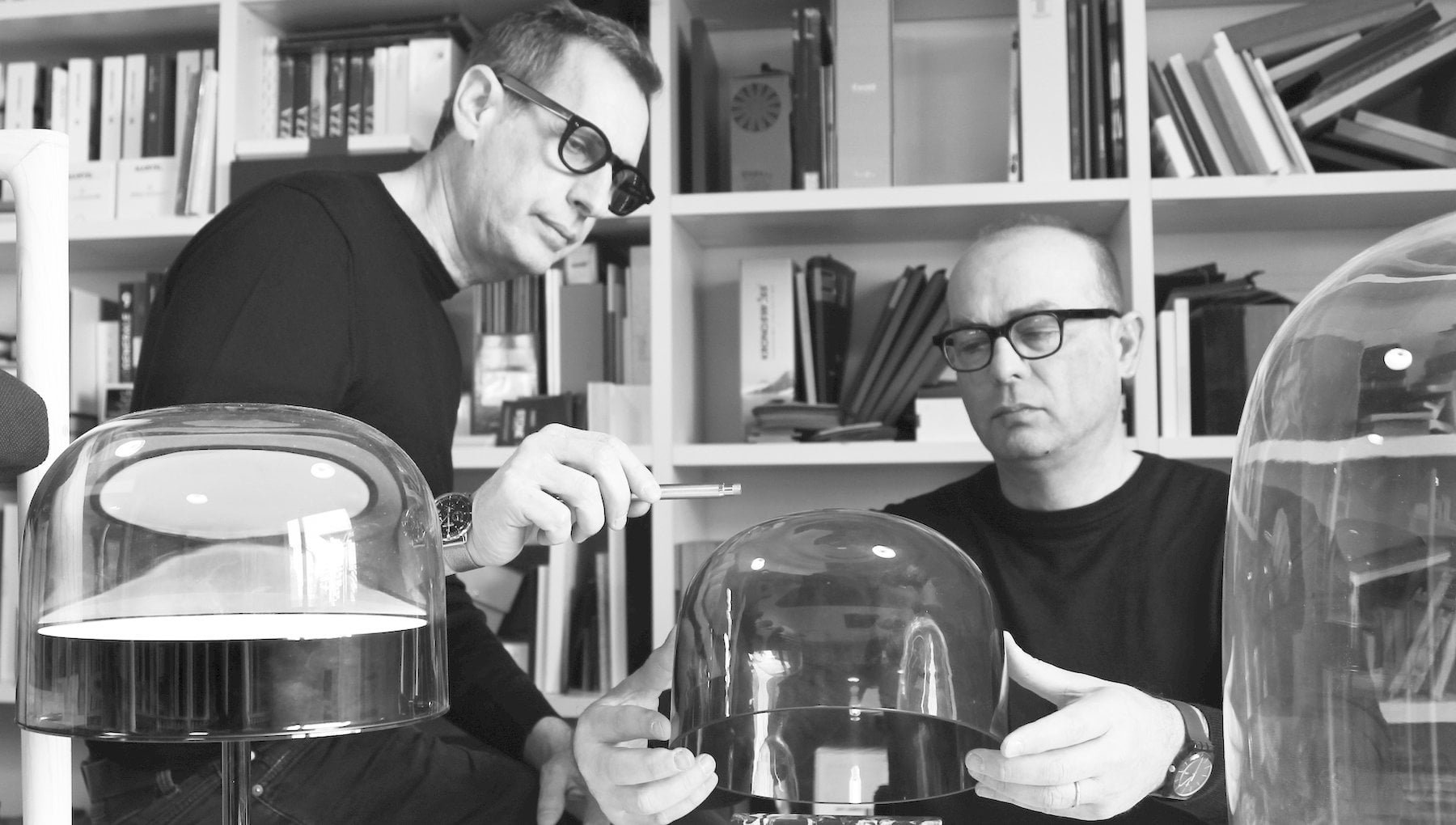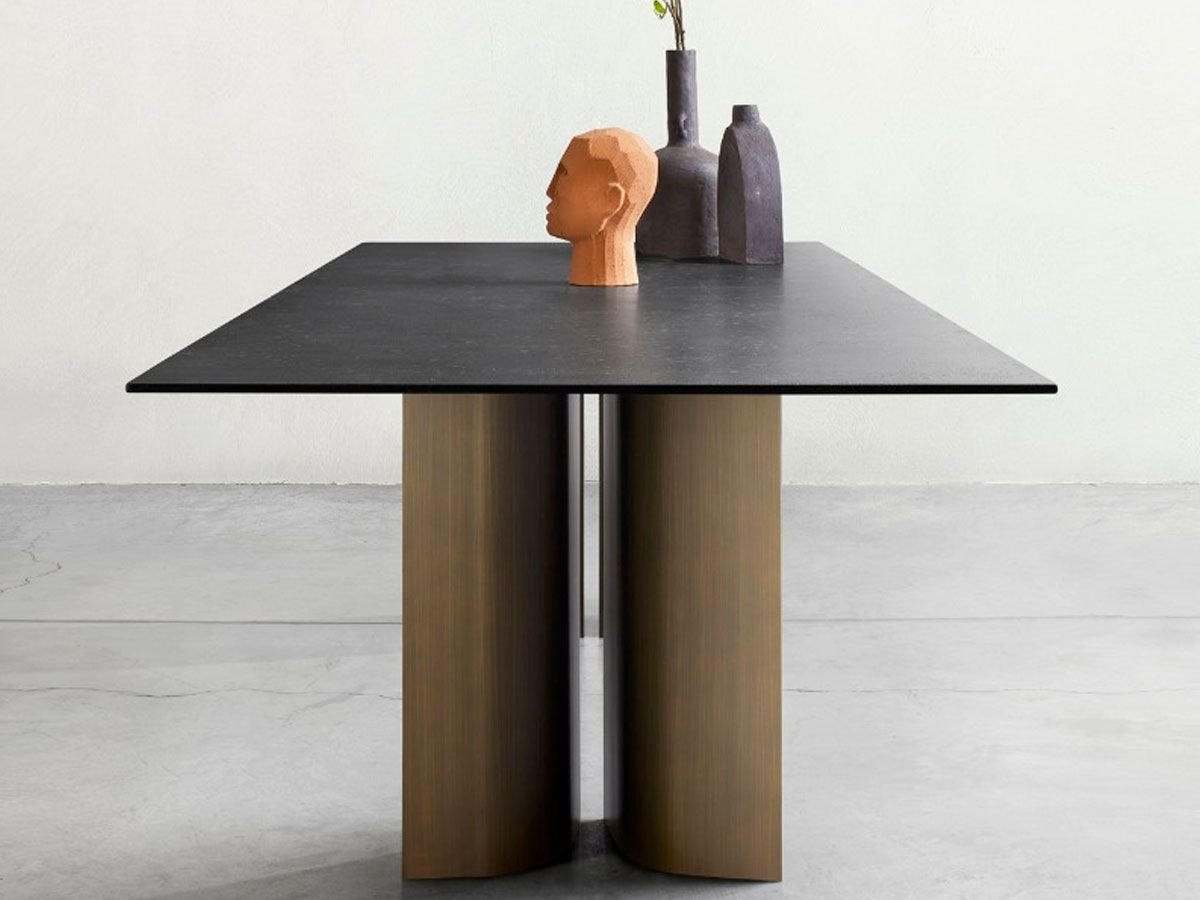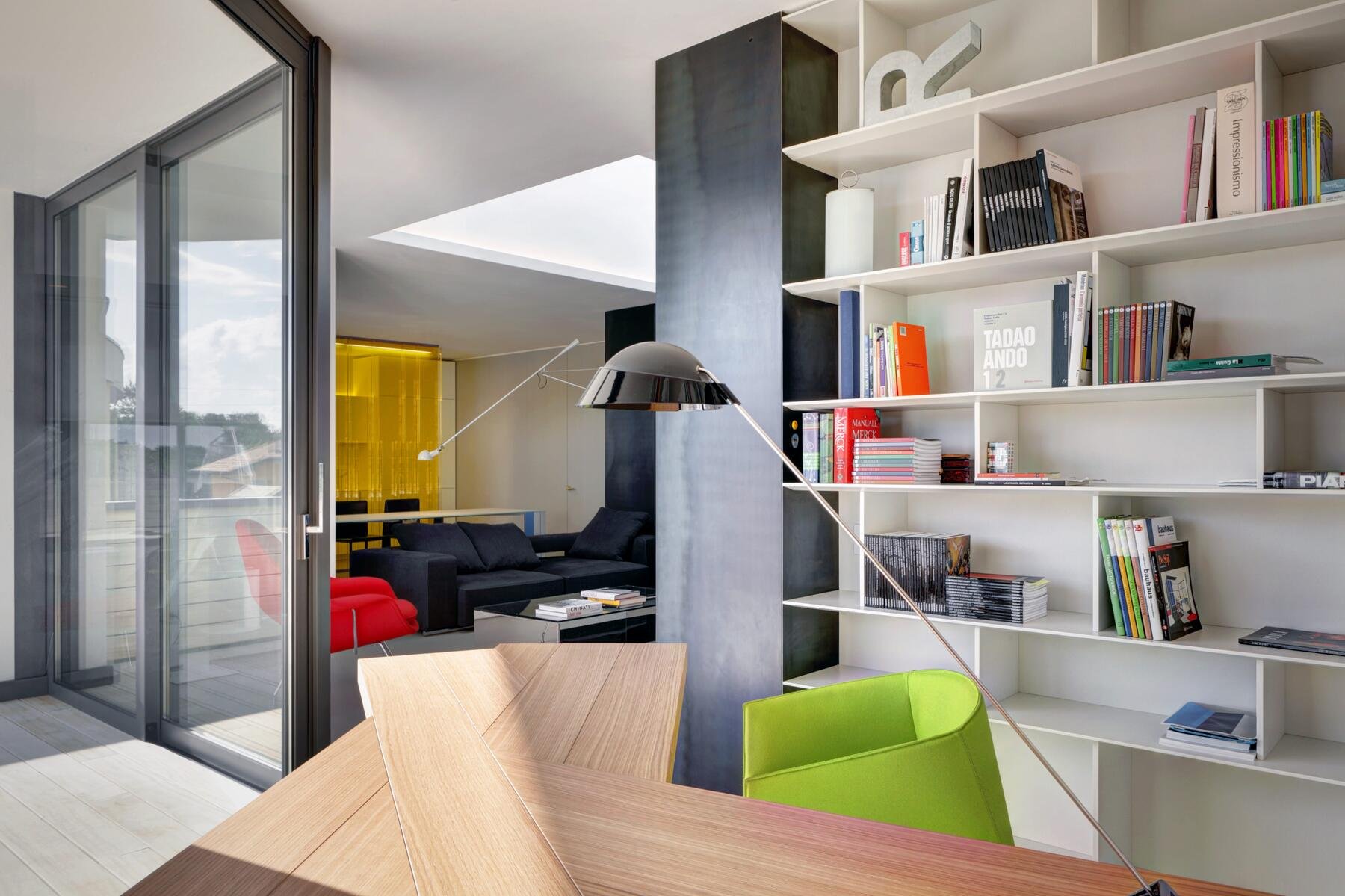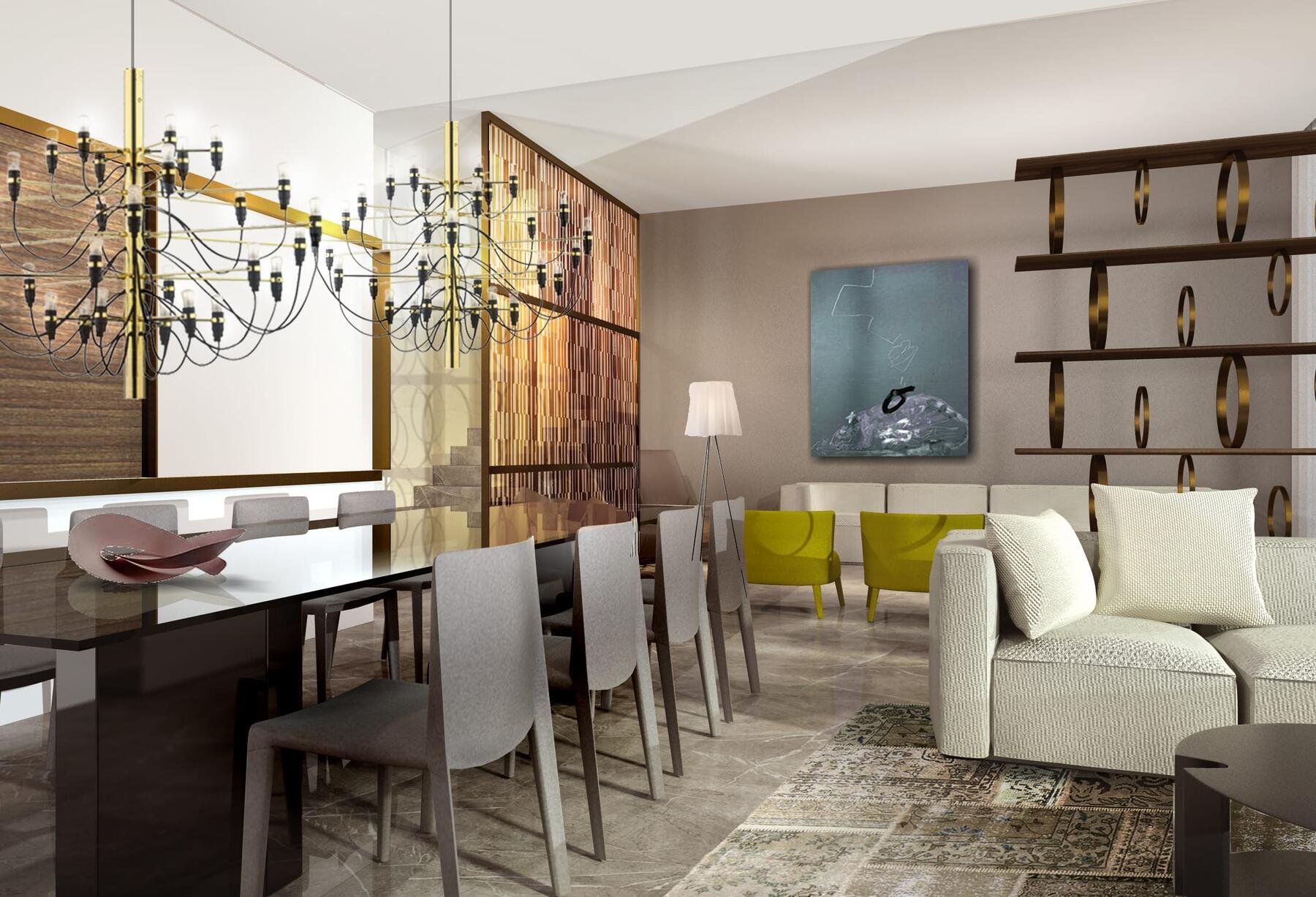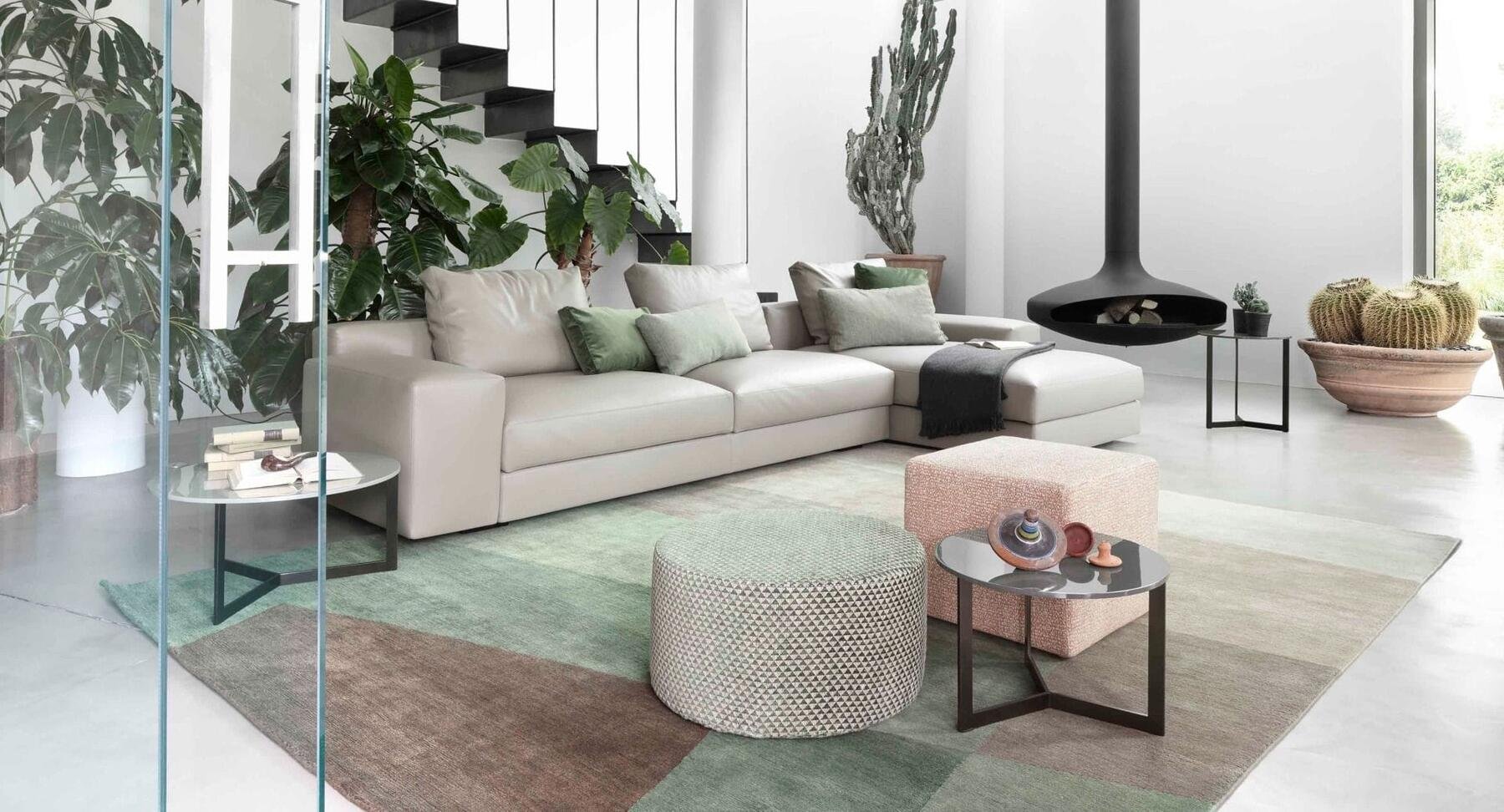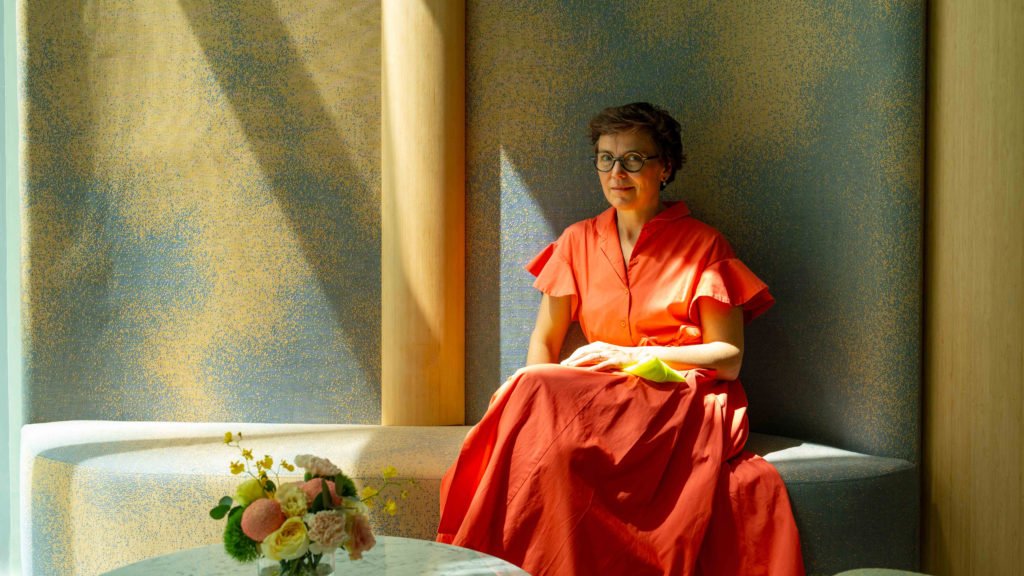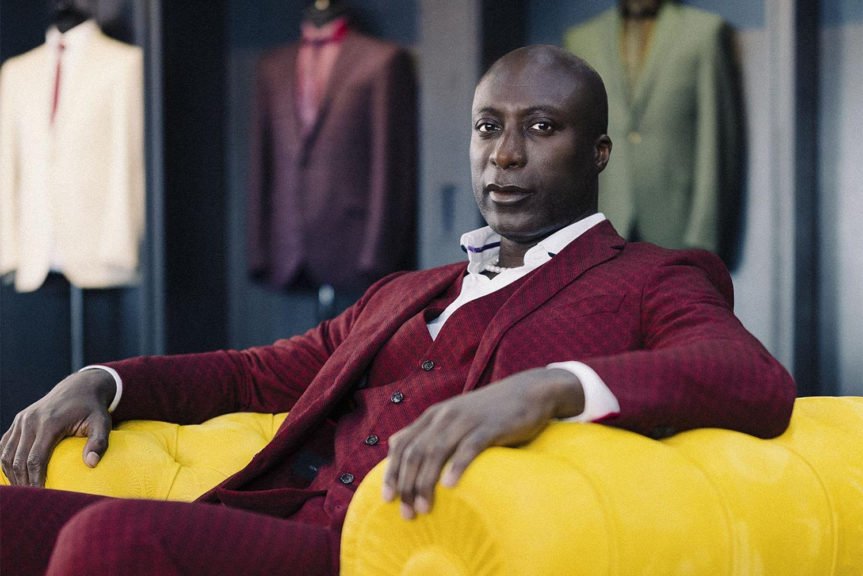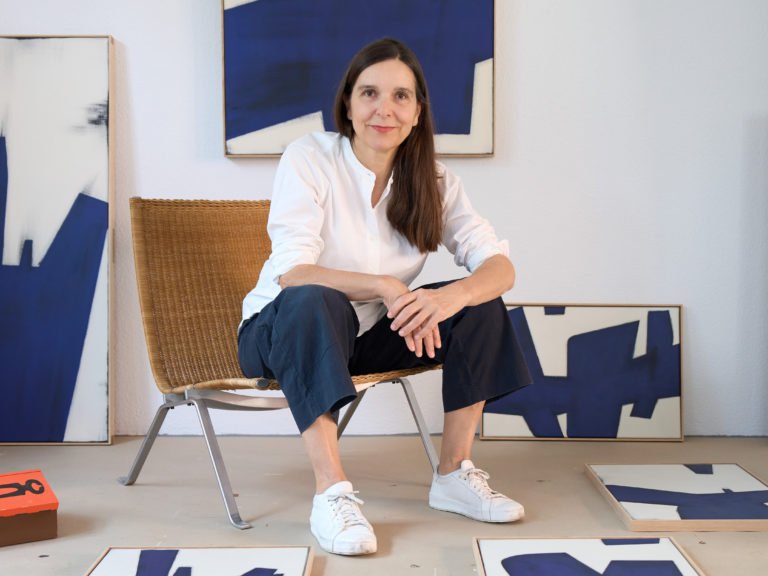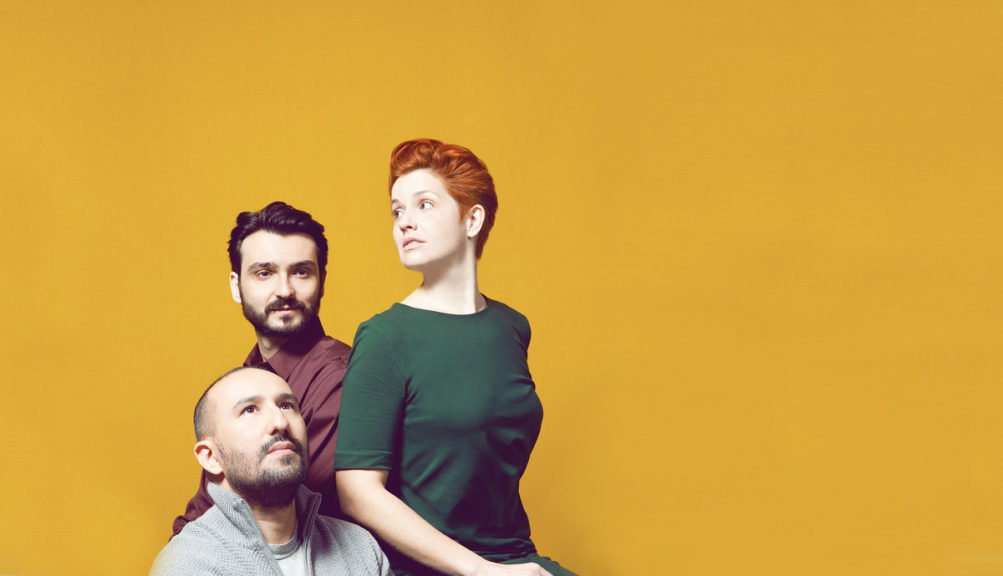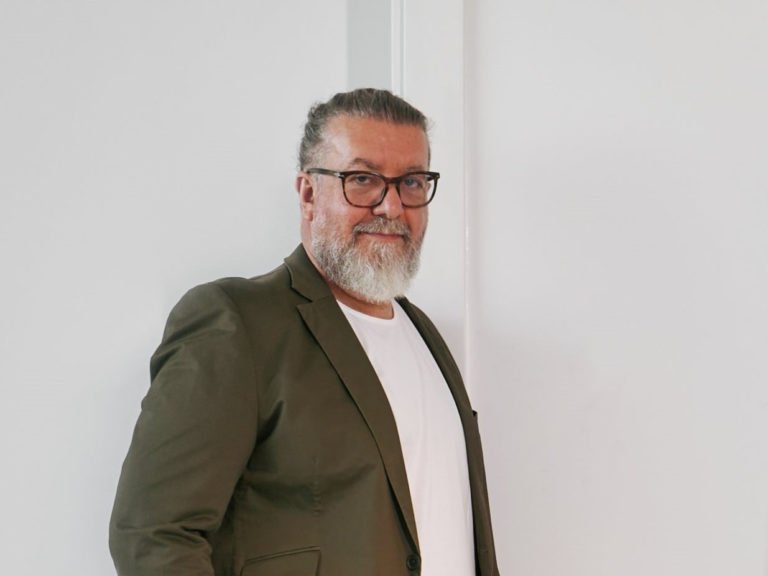Gabriele and Oscar Buratti, co-founders of Buratti Architetti, merge materials and craftsmanship to create vibrant designs. Despite being architects by vocation, the brothers have dived deep into furniture design, courtesy of their early exposure to woodworking. Their eclectic studio engages in a diverse array of projects across various scopes and different scales, from building architecture and urban design to interiors, furniture and product design. They have also been part refurbishing projects in historical city centres of Italy.
Often, Gabriele has attributed their success to the duo being siblings and hence sharing an innate yet complex bond. Their nuanced professionalism has rendered them a trusted collaborator with brands like La Perla and BMW. They have designed global boutiques and partnered with industry giants including Lema, B&B Italia, Roca and Poltrona Frau. Their accolades, including Wallpaper Design Award 2021 for Lema’s Gullwing Table underscores their international acclaim.
At Studio 971’s showroom opening in City Walk, we spoke to Gabriele, who spilled on collaborating with Lema and his view of the product design industry when they started out versus now. Sitting amongst kitchen and furniture designs by Arclinea and Lema, Gabriele answered our questions with utmost patience. Here’s all he shared…
Let’s start simple, how would you define design?
Design is my way to contribute and improve the quality of people’s lives. By designing buildings, interiors and products, we can work on researching the beauty, elegance and the emotions of the spaces where we live and in the furniture that we use in our homes, in our offices and so on.
Gullwing Table by Lema
When did you first sense your inclination to design?
My father was a furniture carpenter, and my brother Oscar and I grew up inside the carpentry since we were children, making small beds and wardrobes for the dolls of our friends of our age. That was our first school of design, one of the most important, and the one that developed my passion for materials, drawings, techniques, and so on.
Casa NER, Bonate Sotto, Bergamo
How did you branch into Product Design even though you studied Architecture?
I actually studied at the Architectural School of the Polytechnic of Milan. This background is very important to understand my work. Buratti Architetti is an architecture and design studio based in Milan, where my brother Oscar and I work on projects of different scales. We work on everything from the architecture of villas and residential buildings to the interior design of houses and offices, from the retail and exhibit design of boutiques and shops to the furniture and lighting design for important brands. The ability to mix and integrate these different scales is very important, and I believe that the quality of our work derives from this ability. It is typical for many studios in Italy of my generation, as it is influenced by the tradition of our culture and by masters like Gio Ponti and Vico Magistretti, as well as contemporary and important Italian designers such as Antonio Citterio and Piero Lissoni who you can find in Lema and Arclinea as Art Directors. We are architects who design furniture with our mind in the architectural space.
Villas 1117, Dubai
“My father was a furniture carpenter, and my brother Oscar and I grew up inside the carpentry since we were children, making small beds and wardrobes for the dolls of our friends of our age. That was our first school of design, one of the most important, and the one that developed my passion for materials, drawings, techniques, and so on.“
– Gabriele Buratti
What has been the biggest change in the Product Design Industry since you started out?
From my point of view, as a designer, I cannot underline big changes, I think that the process has remained the same. One of the crucial aspects of our work and our collaboration with companies and furniture brands is precision. The precision of the project, the precision of the idea and concept, the precision of the shape and design, the precision in technique and materials, the precision in details and finishes but also the precision in communication and so on, until the precision of the final products in people’s homes. I think that this is a very important point for the design, but also for a good relationship between the designer and the company.
Clockwise, from top (All products for Lema): Venise Sofa, Florens, Ortis, Ayra
What is the best thing about collaborating with Lema?
For us, as architects, one of the most interesting and important aspects of work with Lema is that you are part of a kind of global idea of home, within a domestic landscape, and you can interpret and contribute to the enhancement and development of this idea of domestic architecture with your ideas and designs. I remember from when I was an architecture student, a lesson of the works of Le Corbusier, the big Swiss architect, regarding interior design. He said that there are two types of furniture: the ‘Casiers standard’ (wardrobes, bookcases, kitchens, etc.) that are part of the walls and the architecture and are used to define and design the space. Then, you have the pieces of furniture (tables, chairs, sofas, etc.) that act as extensions of the human body. This concept is the way that I use to design many projects, but I have found that it is also the way to think in Lema, where you have a system (night and day) and a collection of loose items.
Another important thing that you can find in Lema, and that I like a lot, is that Lema is a very Italian company – and what does that mean? It means that you know that we are famous around the world for the three Fs, Food, Fashion and Furniture. It’s interesting to compare these worlds and identify their commonalities –
- Simplicity
- Clarity of the idea
- Highest quality of materials
- Attention to details
- Value of craftsmanship in a network of small companies
And lastly, perhaps the most important one – the emotion of seeking beauty and elegance in all the simple aspects of the design process.
“I remember from when I was an architecture student, a lesson of the works of Le Corbusier, the big Swiss architect, regarding interior design. He said that there are two types of furniture: the ‘Casiers standard’ (wardrobes, bookcases, kitchens, etc.) that are part of the walls and the architecture and are used to define and design the space. Then, you have the pieces of furniture (tables, chairs, sofas, etc.) that act as extensions of the human body. This concept is the way that I use to design many projects, but I have found that it is also the way to think in Lema, where you have a system (night and day) and a collection of loose items. “
– Gabriele Buratti
It’s time for a short rapid fire:
A book you keep going back to…
A book of the works of Louis Kahn, the American architect, where I for the first time discovered a quality of design that I had never imagined.
If you weren’t a designer, you would be…
A wood and furniture carpenter
Preferred Superpower: Reading minds or ability to be invisible…
Ability to be invisible
One word to describe your partnership with Oscar…
Complexity and complicity
Sketching on paper or Sketching on a Tablet…
Both, but I prefer on paper
We also spoke to Gaby Koudsi, Founder & Managing Partner, Studio 971
Read More
Article info
Article:
Date added:
11 December, 2023


